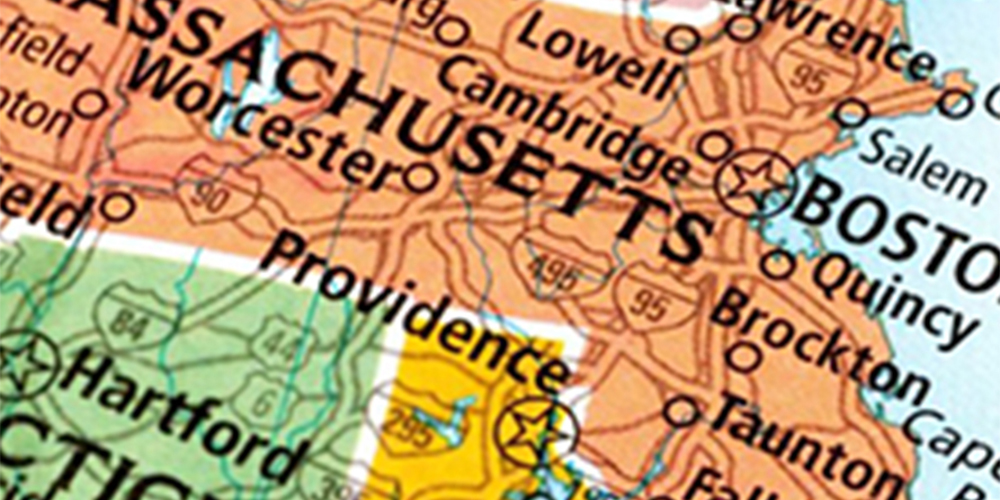There are two things I love most about living in Massachusetts: the diverse landscapes and changing seasons. First, there are few other states in the US where you can make a short drive east and then a short drive west and be in the mountains (well, I suppose they are more like hills when compared with the Rockies or the Tetons, but they certainly seem like mountains to this Florida-born writer). With such diverse topography and temperatures, what are the native plants in Massachusetts that have evolved here naturally over time?
After wandering around my neighborhood and speaking with several of my knowledgeable neighbors, here is a selection of some remarkable native plants that call Massachusetts home:
Eastern Red Columbine (Aquilegia canadensis)
This delicate, red and yellow flowering plant is a favorite among pollinators like hummingbirds and butterflies. Its distinct shape and vibrant colors make it a gem in shaded gardens.
Bayberry (Myrica pensylvanica)
Commonly found in coastal areas, the bayberry shrub boasts aromatic leaves and waxy, blue-gray berries that are a crucial food source for birds during migration.
High-bush Blueberry (Vaccinium corymbosum)
An iconic wild edible, the high-bush blueberry offers sweet-tasting berries and vibrant fall foliage. It thrives in acidic soils, making it a valuable part of local ecosystems.
New England Aster (Symphyotrichum novae-angliae)
A true autumn spectacle, the New England aster blankets fields and meadows with its purple blooms, providing nectar for late-season pollinators.
Red Maple (Acer rubrum)
One of the most common trees in Massachusetts, the red maple displays red-hued leaves in the fall, adding to the state’s vibrant seasonal display.
Lady’s Slipper Orchid (Cypripedium acaule)
An enchanting native orchid, the lady’s slipper is treasured for its unique, slipper-shaped flowers. It’s often found in shaded woodlands.
Sweetfern (Comptonia peregrina)
With aromatic leaves reminiscent of its name, sweetfern is a shrub that thrives in dry, sandy soils, playing a role in stabilizing and enriching such habitats.
White Pine (Pinus strobus)
A stately evergreen, the white pine has long, soft needles and produces large cones that provide sustenance for a variety of wildlife.
Swamp Milkweed (Asclepias incarnata)
This pink-flowered perennial is essential for supporting monarch butterflies, as it serves as a host plant for their larvae.
Pitch Pine (Pinus rigida)
Well-adapted to fire-prone environments, the pitch pine is a rugged tree with twisted branches and a unique ecological role in certain landscapes.
Beach Plum (Prunus maritima)
A coastal shrub known for its tart, edible fruit, the beach plum contributes to shoreline stabilization and provides sustenance for birds.
Indian Pipe (Monotropa uniflora)
A mysterious and ghostly plant, the Indian pipe lacks chlorophyll and forms a symbiotic relationship with fungi, thriving in shaded woodlands.
By incorporating these native plants into our gardens, we start to restore the natural history of Massachusetts while creating habitats that support local wildlife.
How many of these plants are in your yard? What non-native plants can you replace?
